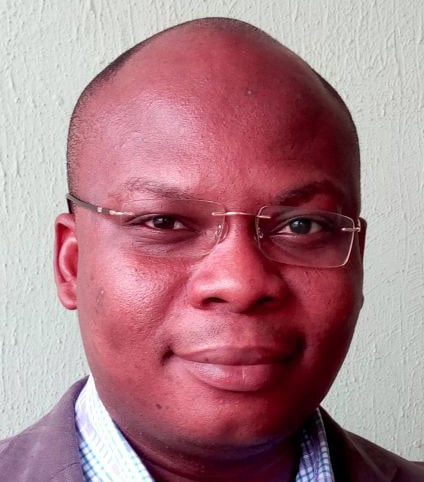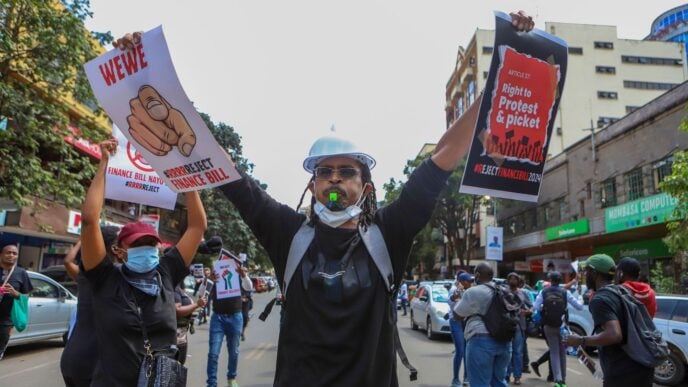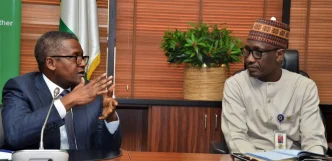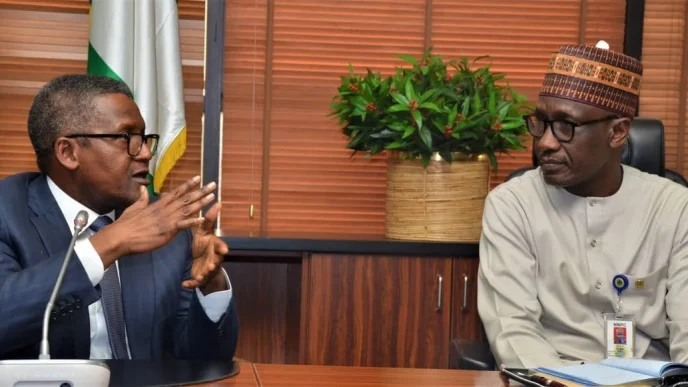In 2020, Neesha Allen, an American, was hit by a vehicle while trying to negotiate a curve into the street leading to her home and she broke 3 locations in her neck and other parts of her lower back and left arm. Nobody believed she would survive after she was brought out from her vehicle but she did. In 1995, a man in North Carolina was shot 20 times and lived to tell the story. In 2000, the American rapper, 50 Cent, was shot nine times and the rapper has gone on to release more albums and build a successful business empire after that gory incident. The list of this kind of success stories is endless in developed countries, where there are advanced and effective trauma care centers. Sadly, the gap in trauma care in developing countries makes survival rates low in many traumatic accidents.
In order to address the challenges in trauma care in Nigeria and in Anambra, last week, the Anambra State Executive Council (ANSEC) approved the construction of a top-notch trauma center in the Odumegwu Ojukwu Teaching Hospital premises in Awka (i.e. the state’s university teaching hospital). Other rehabilitation works were also approved in this hospital. The vision is to make this hospital a model in the field of trauma care in Nigeria.
Though no one prays to be a victim, traumatic event could happen to anyone. (There is a story of a few days old baby who fell off the mother’s hand and suffered a life-threatening brain injury. Luckily, the baby survived because she got an immediate brain surgery in less than 40 minutes after the accident occurred in a Level 1 Pediatric Trauma Care Center). All these miraculous recoveries from traumatic accidents in developed countries are as a result of their robust trauma care centers. Patients with major traumas – with serious and multiple injuries – require 24/7 emergency access to a wide range of surgeons and advance medical equipment.
In Nigeria, trauma care is seriously challenged. In a 2024 article published in the African Journal of Emergency Medicine, the authors noted that trauma care is overburdened in Nigeria with high-incidences of traffic-related injuries. The surgeons, who authored this research article, stated that issues such as delayed care leading to complications like infection and misaligned wound healing; poor staff motivation; shortage of specialized trauma surgeons and underdeveloped pre-hospital care and equipment have hindered effective trauma management and outcomes in Nigeria.
Advertisement
But the Governor Chukwuma Soludo-led administration is determined to make the state’s university teaching hospital a model in trauma care in Nigeria. It is not going to be easy but with a determined government, it is possible. The model involves integrating a trauma care ecosystem into the state’s university teaching hospital.
Governor Soludo’s strategy makes sense. Medical literature shows that integrating trauma centers in local hospitals into an inclusive, interconnected region-based trauma system is the cheapest and most cost-effective way to improve Nigeria’s trauma care and significantly reduce trauma mortality rates.
With the new trauma care ecosystem in the state’s university teaching hospital, the kind of training in emergency medicine and trauma care new doctors will get in Anambra will be significantly improved.
Advertisement
Governor Soludo’s roadmap has generated a lot of excitement. This is because trauma care is not just emergency care.
And here is the difference. Trauma centers ‘’treat injuries that commonly occur as the result of serious falls, motor vehicle crashes, serious burns, and assaults, such as gunshots or stabbings. These injuries threaten life or limb and require immediate intervention’’. On the other hand, conditions treated in emergency departments range from minor injuries to possible heart attacks and strokes. Also, the training for emergency medicine differs from trauma because it typically encompasses a broader spectrum of conditions. Fundamentally, when a patient arrives at the emergency department of a hospital, physicians quickly assess the urgency of the patient’s condition and determine if the condition can be treated by specialists in emergency medicine or by specialists in the trauma center.
Governor Soludo is changing the healthcare ecosystem of Anambra. There has been an aggressive recruitment into Anambra’s healthcare institutions in the last 2 years with about 1000 new healthcare workers recruited. Primary healthcare facilities are being revamped in the 326 wards of Anambra State. Pregnant women are given free antenatal and delivery services in Anambra – this has reduced maternal and infant mortality to almost zero in the state. The health insurance system in the state is alive and well. And, of course, the state’s university teaching hospital is being given a facelift.
Governor Soludo believes that a healthy state is a productive state and his administration is determined to change the face of healthcare delivery in Anambra State.
Advertisement
The future of the healthcare system in Anambra is bright. With the support of the good people of Anambra State, Governor Soludo will surely change the face of healthcare in Anambra in the coming years.
Nwankwo is the special adviser on special projects to Soludo.
Views expressed by contributors are strictly personal and not of TheCable.










